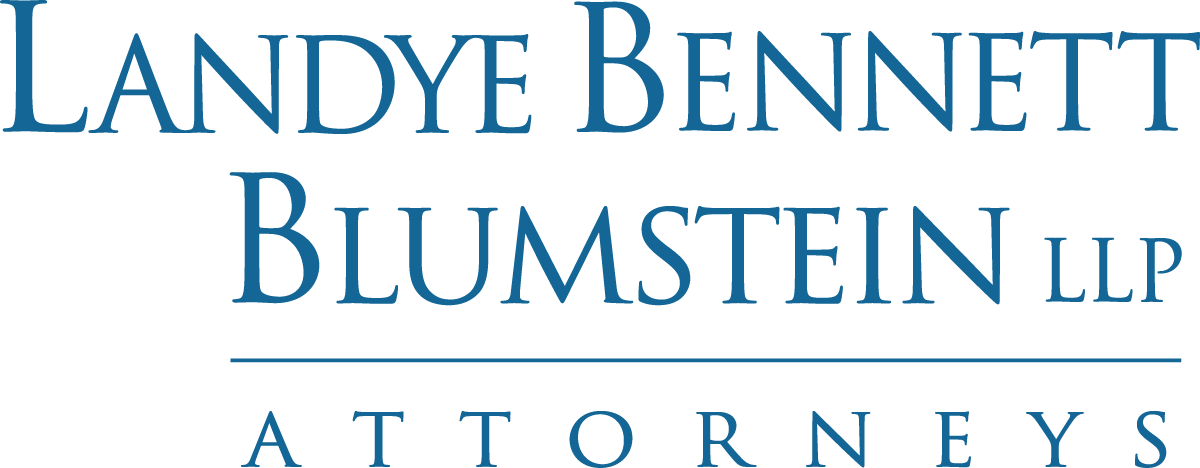With the recent uptick in Lower 48 retail franchises making their way to Alaska, both landlords and those looking to become tenant franchisees will find themselves negotiating their lease arrangement with a third party. No, it’s not the tenant’s lender or the landlord’s lender, although each of those parties may find their way to the franchise lease party. Rather, the franchisor may become an instrumental party to the culmination of negotiations between landlord and tenant as the franchisor seeks to protect its franchise brand. And the most effective way of ensuring that the franchisor’s appearance doesn’t have the opposite impact – i.e. killing a deal – is have the franchisor’s “asks” from the landlord put on the table as soon as possible. So, once the parties know that a franchisor is part of the deal, it is a good idea for the parties to commence addressing these issues.
Where the tenant is the franchisor itself, for example as the anchor tenant in soon to-be-constructed shopping center, the lease will address the franchisor’s needs directly. However, in a scenario where a tenant seeks to open a franchise in a multi-tenanted shopping center, typically, the rights that the franchisor will ask for from the landlord are set forth in an attachment to the franchise agreement itself and are identified as a “Lease Rider.” If the prospective tenant does not provide the lease rider to the landlord as soon as possible, the delay can cause friction between the parties. Where a landlord has engaged with tenant over the course of a few months negotiating the lease, geared up its contractor for tenant improvements, and is closing in on actually signing the lease, the landlord may balk at the idea of reopening terms that were otherwise thought to be put to bed.
So what are the rights that a franchisor may typically ask for from the landlord? First, the franchisor may seek to obtain a right to cure its franchisee tenant’s default under the lease, and the time frame that a franchisor usually requests is longer than that provided to the tenant itself. The landlord may not want to provide additional time for the franchisor cure, though the landlord may eventually get comfortable with the idea of having another party interested in making sure that the tenant’s obligations are satisfied. However, a landlord may also need time to analyze and obtain counsel regarding lurking bankruptcy issues. The longer that the landlord has to satisfy itself that it is reasonably protected, the better the chances are that the parties can get the deal done within a commercially reasonable timeframe.
The franchisor may also seek the landlord’s upfront consent to the franchisee’s collateral assignment of the lease to franchisor and the right to assume its franchisee’s rights under the lease directly or find another viable franchisee in the event the existing franchisee defaults under the franchise agreement. Moreover, the franchisor may seek time to operate the franchise without assuming the franchisee’s obligations under the lease. The landlord will have significant concerns regarding these requests that strike at the heart of the landlord/tenant relationship. The more time the parties have to negotiate and resolve their respective concerns the better. Otherwise, last minute negotiation of critical lease components may lead to delays in getting the lease signed, which may have practical, down-stream impacts on the project.
It is also important for all parties to keep in mind that the lease rider may legally amend to the terms of the underlying lease. The lease rider is not simply a separate document between the parties. Accordingly, unless otherwise specifically addressed, conflicting terms in a lease rider may either directly undermine the terms of the underlying lease with the tenant or create an ambiguity between the documents, leading to a dispute between the parties. Issues may arise with respect to which parties actually sign the lease rider and who is able to enforce its terms. It may take time to ensure that all of the parties have their respective needs addressed in structuring the legal relationship between the lease rider and the underlying lease.
Finally, in the event that the tenant, landlord and franchisor are able to ink the dotted line on the lease and associated lease rider, it is good practice for the landlord and tenant to ensure that the executed lease rider be attached to the lease as an exhibit. When there is potential for a default, a party or a property manager may simply review the body of the lease without checking to see if they need to review any other ancillary agreements creating additional obligations. Having the rider live with the lease is one way to guard against this pitfall.


